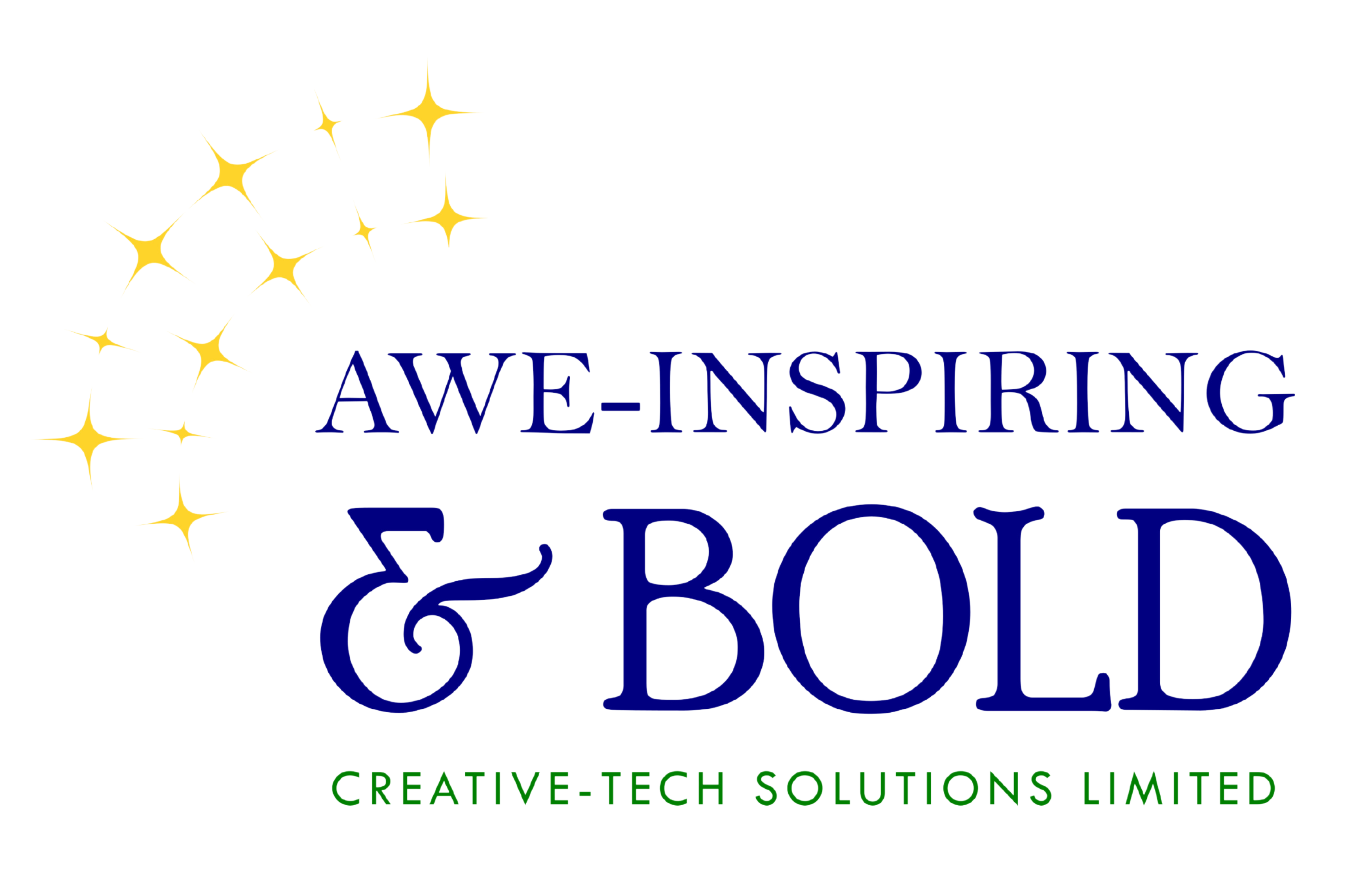Marketing is a dynamic and diverse field. There are often many moving parts. Importantly, we must understand the various parts and their role within the overarching goal of marketing, which is to promote a given set of products or services being offered.
Defining Marketing
Simply put, marketing refers to organising a set of tools and processes used with the clear outcome of successfully promoting products and services to an also clearly defined target audience and driving profitability of the same. Understandably, the range of tools and processes that can be employed in marketing, makes the field one with many moving parts. Thankfully, these moving parts can be organised into one of three (3) categories; public relations, sales, and branding. While each category is important and there is sometimes interplay between them, they are distinct. We delve a little deeper into each category below.
01. Branding
Branding is the first step in the marketing process. Without the right branding, there is no way to market effectively. Branding is the process of clearly defining the service or product being offered to a defined audience. When done well, branding evokes an emotional connection to a product or service that gives your target or ideal customers something to ‘buy into’ beyond the actual product or service being sold.
Importantly, branding is a sum total of moving parts that include the look and feel of your brand. Colours, language (tone, style, etc.), visual design style (e.g. minimalist), are all among the moving parts. All these moving parts are designed individually to work together as a whole so that the brand can communicate with one voice.
At the heart of your branding should lie the answer to the question: “how do I want my target audience to feel about the products and services?” After all, buying is emotional. Whatever their characteristics, those within your target audience are likely to purchase those things they feel a connection to. That emotional connection makes the difference in choosing between products and services that are similar in nature. Branding helps you tap into this emotional component.
02. Public Relations
Once your brand is clearly defined and ready for public consumption, it is time to tap into the public relations component of your marketing.
Typically, public relations activity will follow branding work. In other words, you don’t get to engage with your public until you have something to present. Once you are clear on what you are presenting, and to who, however, public relations help you get it to the eyes and ears of targeted users. ‘Users’ are those consumers who are likely to be aligned with what is being offered but are not yet paying customers
At the heart of effective public relations activities is capitalising on the positive relationships formed with users in the target segments through branding. These activities can include special offers and strategies that reach the target user where they are. Importantly, activities like special offers and strategies fall into one of two sub-categories; namely inbound marketing and outbound marketing. Both inbound and outbound marketing strategies are built upon the foundation of the branding definition and sales goals. This brings us to the third category of marketing – sales.
03. Sales
Finally, the end goal of the marketing process is revenue generation.
Effective branding and revenue generation are tied to driving sales. Sales result from converting casual users to paying customers. Branding attracts users from within the identified target segment. Public relations activities are then used to convert users to customers. Each user that is converted to a paying customer is known as a sale. Sales strategies and goals are determined by factors like the cost of production (applies to both services and products), sales price and markup, and need-market fit. The final cost and identifying those who are the most likely to value your offering will help inform your brand (and to whom you brand), as well as your public relations activities.
The Final Analysis: Bringing It All Home
In many ways, the three components of marketing are both processes and categories. As is clear from the breakdown above, there are three distinct components in marketing that are inextricably linked. Therefore, it is important to consider the other two components even when honing in on one. This will help ensure that your marketing strategy is both cohesive and effective.
